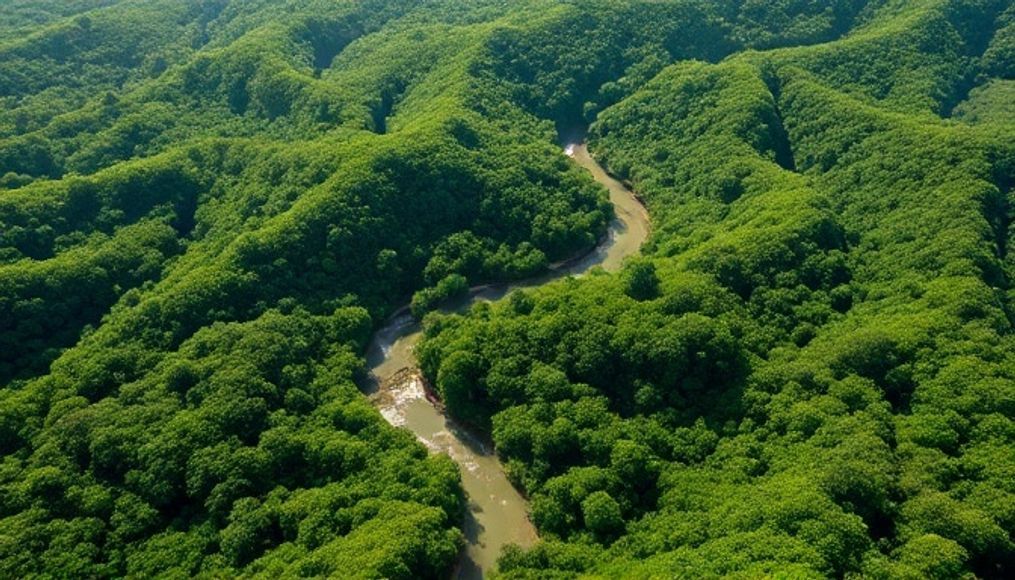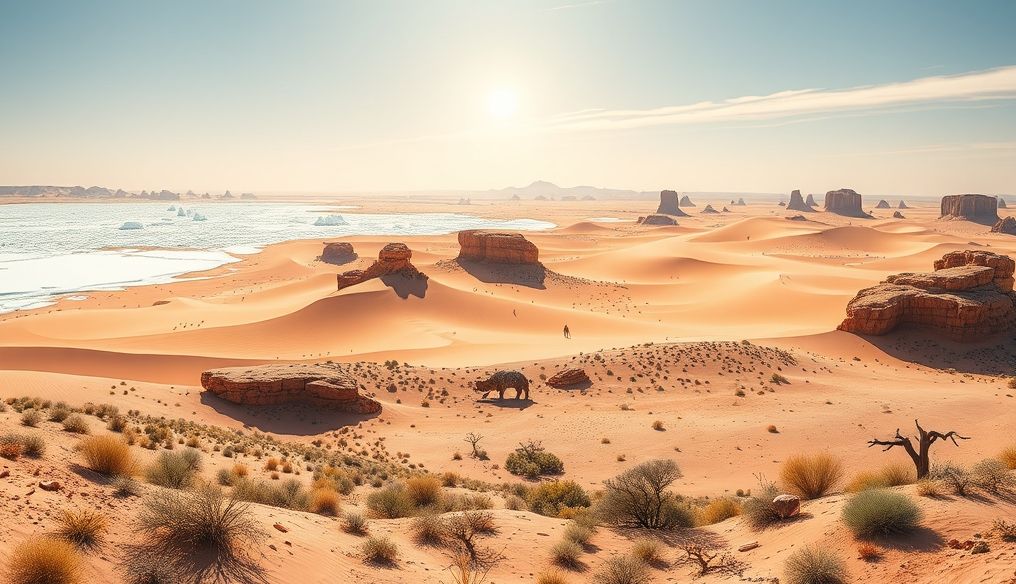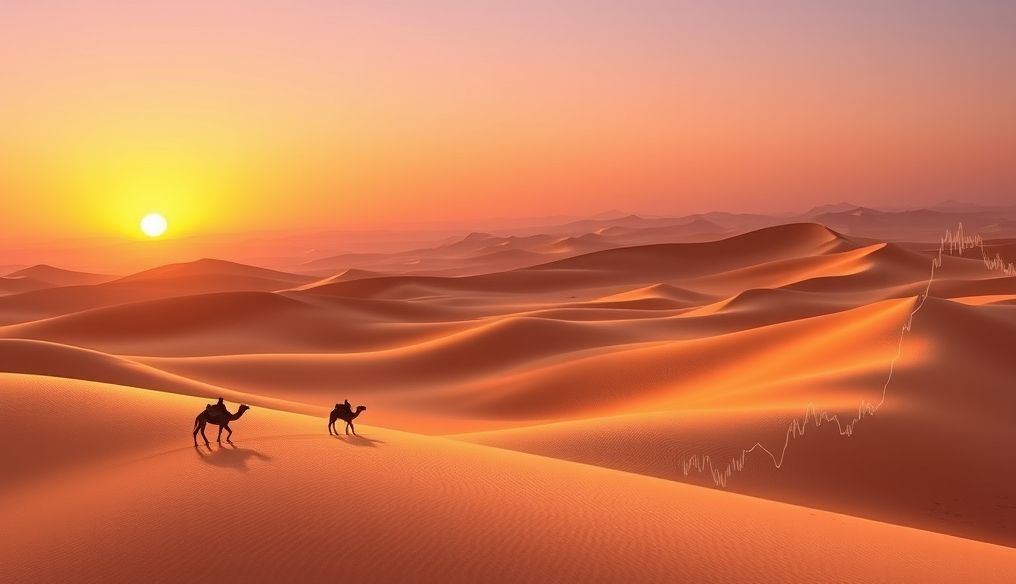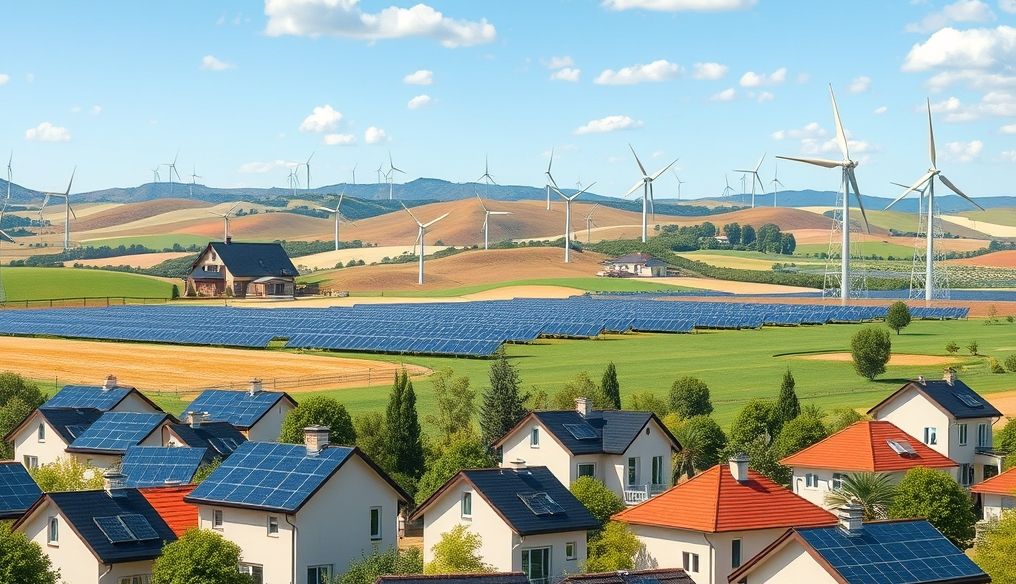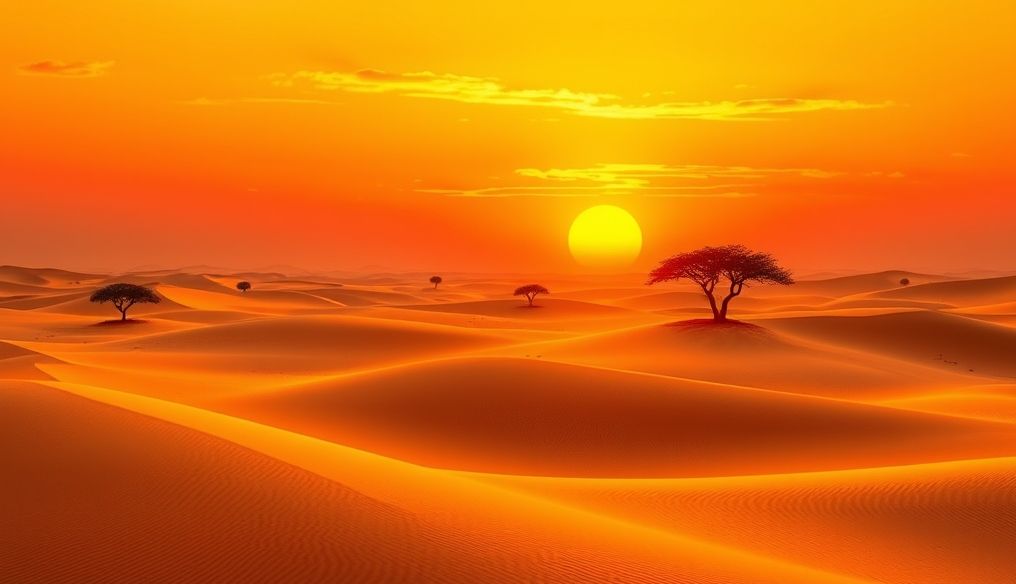Is the Amazon Rainforest Really the "Lungs of the Earth"? A Closer Look at Facts and Myths
The Amazon rainforest has long been described as the "lungs of the Earth," a title that suggests it is the primary source of oxygen in the atmosphere. This phrase, while widespread, carries some oversimplification. In this article, we will explore the true role that the Amazon rainforest plays in oxygen production, climate regulation, and its overall environmental importance.
What Does the Phrase "Lungs of the Earth" Mean?
The term "lungs of the Earth" refers to the belief that the Amazon rainforest produces a significant amount of the oxygen we breathe. The idea is that trees, through the process of photosynthesis, absorb carbon dioxide and release oxygen. However, the picture is much more complex than that.
Chapter 1: Photosynthesis and the Oxygen Cycle
How Does Photosynthesis Work?
Photosynthesis is the process used by green plants to convert sunlight, carbon dioxide, and water into chemical energy (in the form of sugars) and oxygen. This process is essential for life on Earth, as it provides food and oxygen for other living organisms.
The Chemical Equation for Photosynthesis:
6CO2 + 6H2O + Sunlight → C6H12O6 + 6O2
Where:
- CO2 is carbon dioxide
- H2O is water
- C6H12O6 is glucose (sugar)
- O2 is oxygen
The Amazon's Role in Oxygen Production
The Amazon rainforest produces a vast amount of oxygen through photosynthesis. However, it also consumes a significant amount of oxygen through cellular respiration, where plants use oxygen to convert sugars into energy. Additionally, organic matter in the forest (such as fallen leaves and dead trees) is decomposed by microorganisms, a process that also consumes oxygen.
Overall, the Amazon rainforest is believed to be close to a state of equilibrium regarding oxygen production and consumption. In other words, the amount of oxygen produced by the forest is roughly equal to the amount it consumes.
Chapter 2: The Amazon and Climate Regulation
The Amazon as a Carbon Sink
Although the Amazon may not be the world's primary source of oxygen, it plays a crucial role in regulating the global climate. The Amazon rainforest acts as a carbon sink, absorbing and storing vast amounts of carbon dioxide from the atmosphere. This reduces the concentration of greenhouse gases and helps to mitigate the effects of climate change.
According to a study published in the journal "Nature," the Amazon rainforest stores an estimated 80-120 billion tons of carbon.
The Impact of Deforestation
Deforestation in the Amazon has dire consequences for the global climate. When trees are cut down and burned, the stored carbon is released into the atmosphere, contributing to increased greenhouse gas concentrations and accelerating climate change. Additionally, deforestation reduces the forest's ability to absorb carbon dioxide in the future.
Chapter 3: Other Sources of Oxygen
Oceans: The Primary Source of Oxygen
Oceans are the primary source of oxygen in the atmosphere. Phytoplankton (microscopic organisms that live in the oceans) produce approximately 50-80% of the oxygen on Earth through photosynthesis. This amount far exceeds what the Amazon rainforest produces.
Other Forests
Other forests around the world, such as the rainforests of Southeast Asia and the coniferous forests of North America and Europe, also contribute to oxygen production and climate regulation.
Chapter 4: The Amazon's Environmental Importance
Biodiversity
The Amazon rainforest is home to over 10% of the world's known species, including plants, animals, insects, and microorganisms. This immense biodiversity makes the Amazon a unique and valuable ecosystem.
Water Cycle Regulation
The Amazon rainforest plays a crucial role in regulating the water cycle in South America. Trees release large amounts of water into the atmosphere through transpiration, leading to cloud formation and rainfall. This helps to maintain soil moisture and provide water for local communities and agriculture.
Chapter 5: Threats to the Amazon
Deforestation
Deforestation is the primary threat to the Amazon rainforest. Deforestation occurs due to a variety of factors, including agriculture, cattle ranching, logging, mining, and construction.
Climate Change
Climate change also threatens the Amazon rainforest. Rising temperatures and changing rainfall patterns can lead to drought and wildfires, which can result in tree mortality and biodiversity loss.
Chapter 6: Conservation Efforts
Protected Areas
Protected areas are an important tool for protecting the Amazon rainforest. Protected areas provide a safe haven for plants and animals and help to conserve biodiversity.
Sustainable Practices
Sustainable practices, such as sustainable agriculture, sustainable cattle ranching, and sustainable logging, can help to reduce pressure on the Amazon rainforest.
Chapter 7: What Can We Do to Help?
Support Sustainable Products
We can support sustainable products that come from the Amazon rainforest, such as coffee, chocolate, fruits, and nuts. This helps to support local communities that are working to protect the forest.
Reduce Meat Consumption
Cattle ranching is one of the main drivers of deforestation in the Amazon. We can reduce our meat consumption to help reduce the demand for land used for cattle ranching.
Raise Awareness
We can raise awareness about the importance of the Amazon rainforest and the threats it faces. We can also support organizations that are working to protect the forest.
Chapter 8: Conclusion
While the Amazon rainforest is not the "lungs of the Earth" in the literal sense, it plays a vital role in regulating the global climate and preserving biodiversity. Protecting the Amazon rainforest is crucial for the health of the planet and the future of humanity.
"The Amazon is the world’s largest tropical rainforest, home to more than 3 million species of plants and animals." - World Wildlife Fund
Additional Resources:
